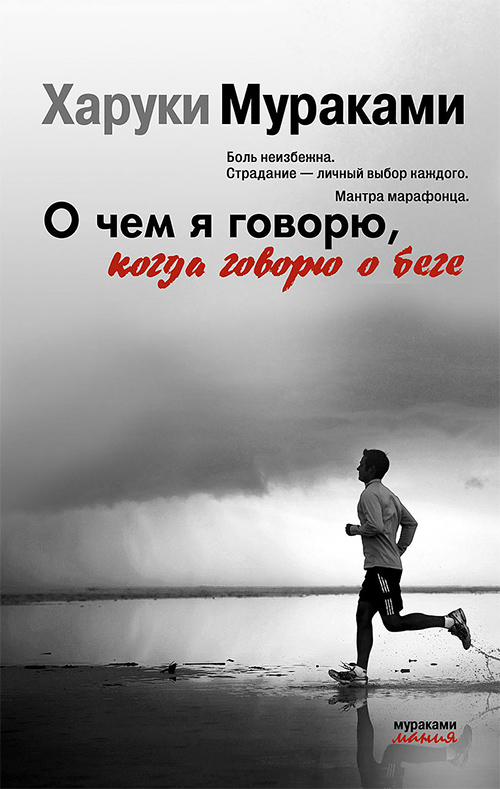

A grassy slope was all that was available for outfield seats at the time. It was a gorgeous spring day” (Murakami, 2009). “There was not a cloud in the sky, and a gentle wind was blowing. “Around one thirty in the afternoon of April 1, 1978, Haruki Murakami first imagined he could write a novel.” In the stands at Jingu Stadium that day, he drank beer and watched the game alone.” He continues by describing his physical and emotional state. It as if we were there with Murakami as he recounts his life story and the logic behind each decision, as if we were there with him in person. For him, a run would constitute a day, so he made a point of paying attention to the little things that are easily forgotten.

While jogging, these thoughts inevitably come to mind.īut Murakami took the time to write this book because he was able to recall the events of his day enough to do so. “Three dogs and eleven cats” were found dead on this street” (Murakami 2009). When it comes to such an idea, “No one in their right mind would even consider it.” Murakami (2009) stated that Afterward, he talks about how grueling the run was for him, and describes his route and the dangers of running on Marathon Avenue, which is a popular running path in Boston.

At first, the Greeks thought his scheme was crazy. Murakami recounts his encounters with locals while running the ancient marathon route from Athens, Greece, to the city of Marathon to get a sense of what he was getting himself into by running in the middle of July. He has the ability to immerse the reader in the action by vividly portraying the surrounding scenery, the weather, and his own physical reactions to each. Murakami keeps meticulous records of everything that happens to him, including the details of the actual occurrence as well as his thoughts and feelings at the time.


 0 kommentar(er)
0 kommentar(er)
